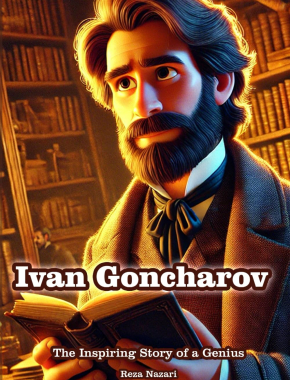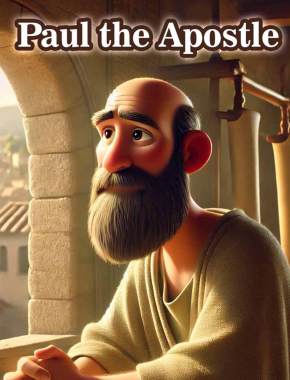How to Solve a Quadratic Equation by Completing the Square?
Completing the square is a way used to solve a quadratic equation by changing the form of the equation. In this step-by-step guide, you learn more about the method of completing the square.

When we want to convert a quadratic expression of the form \(ax^2+ bx+c\) to the vertex form, we use the completing square method.
Related Topics
A step-by-step guide to completing the square
Completing a square is a method used to convert a quadratic expression of the form \(ax^2+ bx+c\) to the vertex form \(a(x-h)^2+k\). The most common application of completing the square is in solving a quadratic equation. This can be done by rearranging the expression obtained after completing the square: \(a(x + m)^2+n\), so that the left side is a perfect square trinomial.
Completing the square method is useful in the following cases:
- Converting a quadratic expression into vertex form.
- Analyzing at which point the quadratic expression has the minimum or maximum value.
- Graphing a quadratic function.
- Solving a quadratic equation.
- Deriving the quadratic formula.
Completing the square method
The most common application of completing the square method is factorizing a quadratic equation, and henceforth finding the roots and zeros of a quadratic polynomial or a quadratic equation. We know that a quadratic equation in the form of \(ax^2+bx+c=0\) can be solved by the factorization method. But sometimes, factorization of the quadratic expression \(ax^2+bx+c\) is complex or impossible.
Completing the square formula
Completing a square formula is a method for converting a quadratic polynomial or equation to a complete square with an additional constant value. A quadratic expression in variable \(x\): \(ax^2+ bx+ c\), where \(a, b\) and \(c\) are any real numbers but \(a≠0\), can be converted into a perfect square with some additional constant by using completing the square formula or technique.
Completing the square formula is a method that can be used to find the roots of the given quadratic equations, \(ax^2+bx+c\), where \(a, b\) and \(c\) are any real numbers but \(a≠0\).
The formula for completing the square:
The formula for completing the square is:
\(\color{blue}{ax^2 + bx + c ⇒ a(x + m)^2+ n}\)
where:
- \(m\) is any real number
- \(n\) is a constant term
Instead of using the complicated step-by-step method to complete the square, we can use the simple formula below to complete the square. To complete the square in the expression \(ax^2+bx + c\), first find:
\(\color{blue}{m= \frac{b}{2a}}\) , \(\color{blue}{n=c – (\frac{b^2}{4a})}\)
Substitute these values in: \(ax^2+bx +c = a(x + m)^2+n\). These formulas are derived geometrically.
Exercises for Completing the Square
Solve each equation by completing the square.
- \(\color{blue}{x^2+12x+32=0}\)
- \(\color{blue}{x^2-6x-3=0}\)
- \(\color{blue}{x^2-10x+16=0}\)
- \(\color{blue}{2x^2+7x+6=0}\)

- \(\color{blue}{x=-4, -8}\)
- \(\color{blue}{x=3+2\sqrt{3},\:3-2\sqrt{3}}\)
- \(\color{blue}{x=2,8}\)
- \(\color{blue}{x=-\frac{3}{2}, -2}\)
Related to This Article
More math articles
- How to Solve Finite Geometric Series? (+FREE Worksheet!)
- How to Apply a Mathematical Approach to Essay Writing
- How to Analyze and Understand Rational Functions: A Comprehensive Guide
- Geometry in the Real World: How to Find Surface Area of Cubes and Prisms
- Embark on Your ParaPro Math Mastery: Introducing the “ParaPro Math for Beginners” Companion eBook
- 6th Grade Math Worksheets: FREE & Printable
- Best Cameras For Classroom Video Lectures And Online Lessons
- How to Solve Logarithmic Equations? (+FREE Worksheet!)
- Top 10 Tips to Overcome CHSPE Math Anxiety
- Unlock the Gateway to Academic Achievement: “OAR Math for Beginners” Comprehensive Solution Manual


















What people say about "How to Solve a Quadratic Equation by Completing the Square? - Effortless Math: We Help Students Learn to LOVE Mathematics"?
No one replied yet.